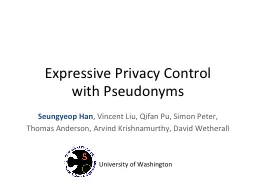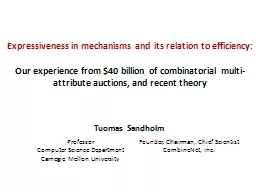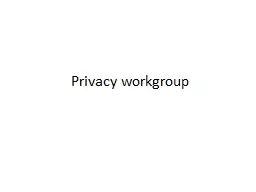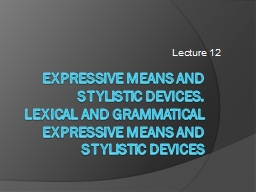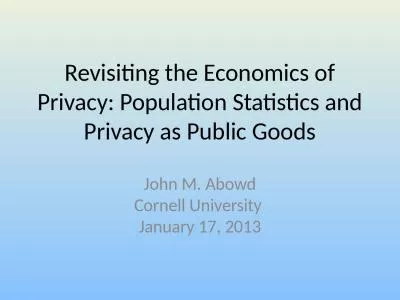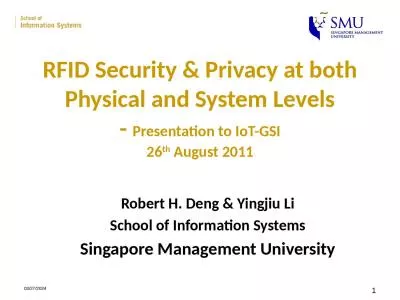PPT-Expressive Privacy Control
Author : min-jolicoeur | Published Date : 2017-06-03
with Pseudonyms Seungyeop Han Vincent Liu Qifan Pu Simon Peter Thomas Anderson Arvind Krishnamurthy David Wetherall University of Washington Internet Tracking
Presentation Embed Code
Download Presentation
Download Presentation The PPT/PDF document "Expressive Privacy Control" is the property of its rightful owner. Permission is granted to download and print the materials on this website for personal, non-commercial use only, and to display it on your personal computer provided you do not modify the materials and that you retain all copyright notices contained in the materials. By downloading content from our website, you accept the terms of this agreement.
Expressive Privacy Control: Transcript
Download Rules Of Document
"Expressive Privacy Control"The content belongs to its owner. You may download and print it for personal use, without modification, and keep all copyright notices. By downloading, you agree to these terms.
Related Documents

